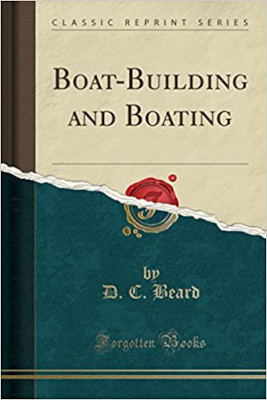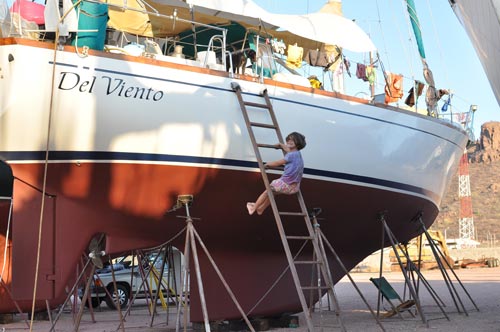
Don’t you ever go out in that thing again!” So screeched my mother that spring day in 1949 when I first paddled my recently constructed “umbrella canoe” and returned soaked and sniffing. My grandfather had shown me the book months before and construction soon began. Boat-Building and Boating filled this 12-year-old with dreams of adventures that any boy of my age and talents could make reality.
First published in 1911, this is a collection of boat designs with building instructions that require only the most basic tools and skills. The book begins with a log raft and ends with the Jackson Glider, “a cheap and speedy motor-boat.” The designs are simple and not very detailed, but enough information is given to get started, with the reality that one would have to “wing it” once construction was under way.
In my opinion, the author was a writer and not a boatbuilder. This is indicated by his caulking instructions; “The bottom boards are to be so planed that they leave V-shaped grooves on the inside of the boat to be filled with candlewick and putty.” This method has been unacceptable since the first carvel-planked boat, so constructed, sank without a trace. But aside from some technical difficulties, there is much good reading here.
Along with the section on building a birch-bark canoe, most readers will probably favor the landlubber’s chapter. It has much information for the novice, including nautical terms and how to sail adding some useful instructions for making boating togs, from “winter woolen underclothes” – truly a 1911 fashion statement. Unfortunately, the illustrations are not well reproduced and have lost much of their original clarity. Dixon-Price Publishing should have spent their energies on upgrading the artwork instead of editing “spelling and punctuation to reflect modern usage.”
This reprint of Boat-Building and Boating is not a good choice for practical use today and should not be compared with modern boatbuilding books. Its value lies not in its detail, but in its overall scope and content, as viewed almost 100 years since its first printing. We see here the birth of boating at its most affordable level and a look at life in the early 1900s when, without television and video games, young people were helped to realize their dreams of outdoor adventure.
My umbrella boat disassembled itself while frog hunting that summer in 1949 and its stringers were converted to clothes poles. Mother was delighted.
Boat-Building and Boating by D.C. Beard Reprint of 1911 Edition (Dixon-Price Publishing, 2001; 186 pages)




